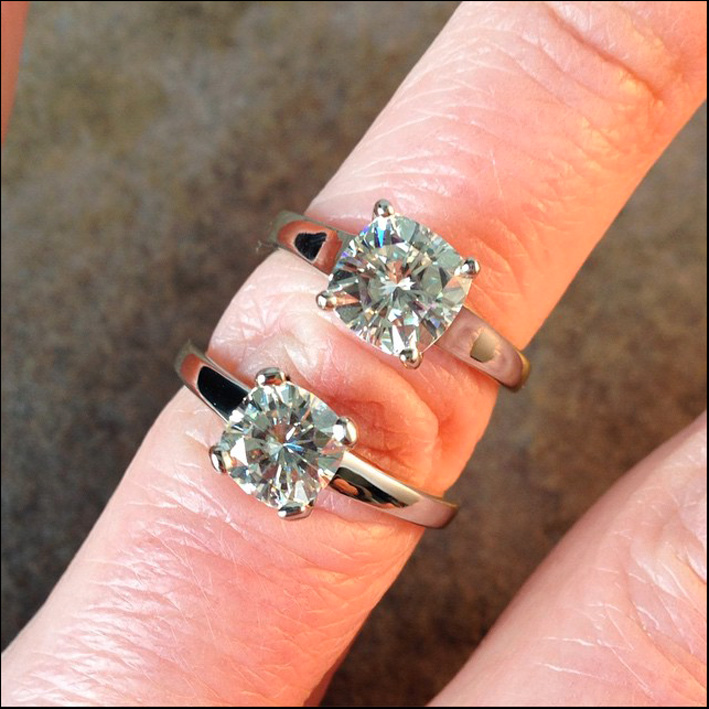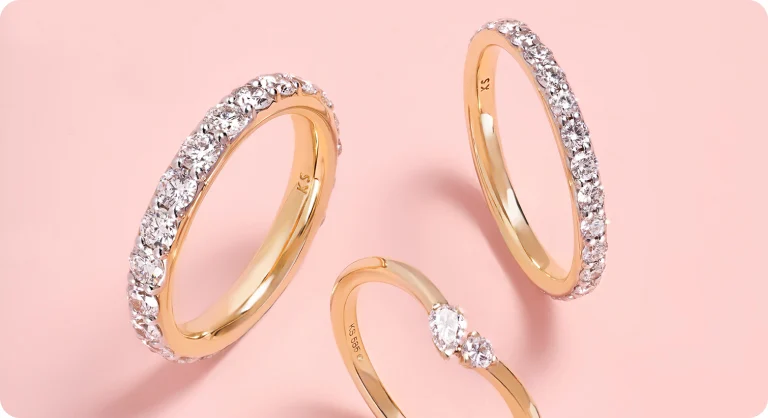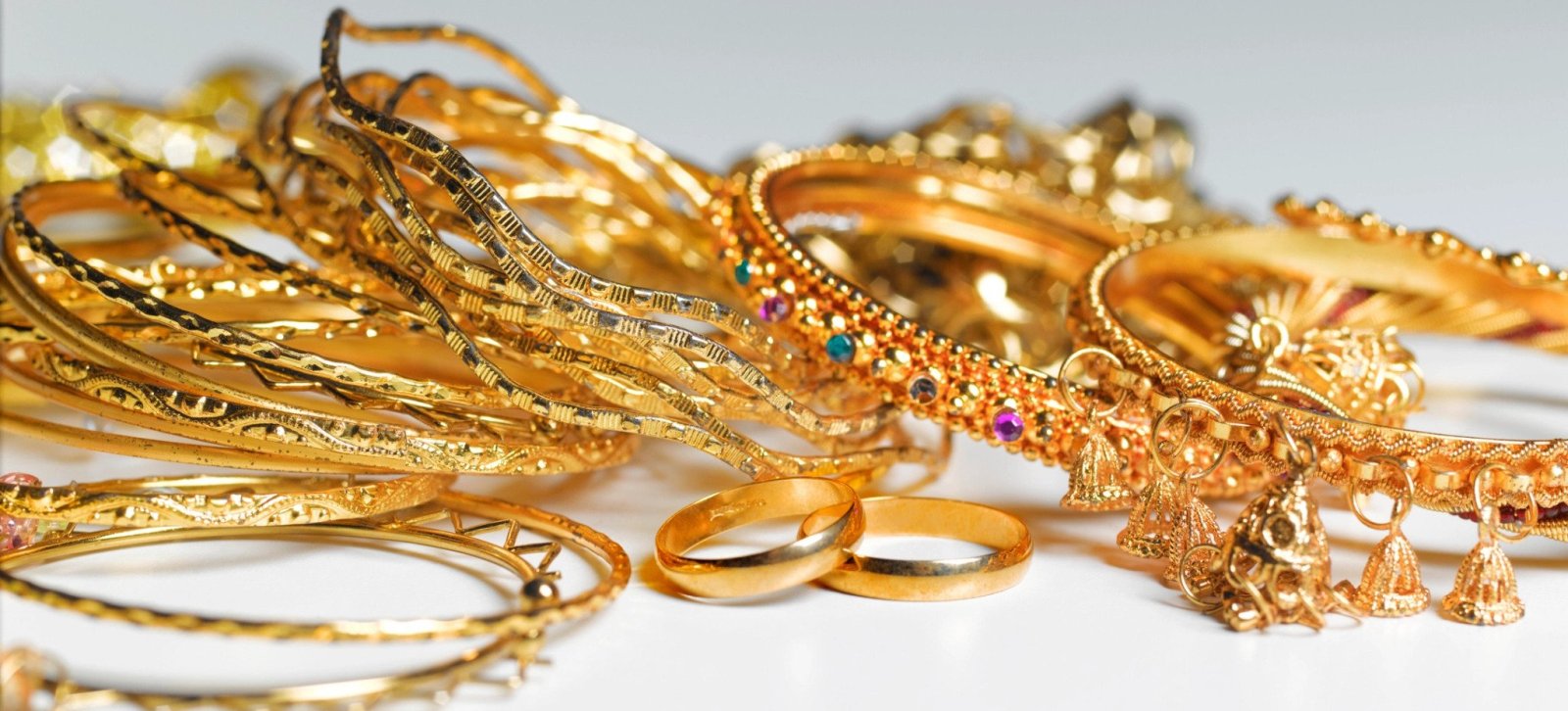In recent years, the rise of lab grown diamonds has sparked a shift in the diamond industry, influencing both consumers and cultures around the world. As more people seek sustainable and ethical options when purchasing fine jewelry, the demand for lab grown diamonds continues to grow. These diamonds are not only an eco-friendly alternative to traditional mined diamonds but also reflect a cultural shift toward ethical consumerism. In this article, we will explore the relationship between cultures and lab grown diamonds, and how they are shaping the future of the jewelry industry.
Table of Contents
Understanding Lab Grown Diamonds
Lab grown diamonds are created through advanced technological processes that replicate the conditions under which natural diamonds form deep within the Earth. There are two primary methods used: High Pressure High Temperature (HPHT) and Chemical Vapor Deposition (CVD). Both techniques result in diamonds that are chemically, physically, and optically identical to mined diamonds. Lab grown diamonds have the same brilliance, hardness, and durability as their natural counterparts, making them a desirable option for engagement rings, wedding bands, and other fine jewelry pieces.
In recent years, lab grown diamonds have become increasingly popular, especially among those who are concerned about the environmental and ethical implications of diamond mining. As global awareness of social and environmental issues grows, many cultures have begun to embrace lab grown diamonds as a solution to these concerns.
The Cultural Shift Towards Ethical Consumerism
As cultures around the world evolve, there has been a noticeable shift towards ethical consumerism. Consumers today are more conscious of the environmental and social impact of their purchasing decisions. This cultural change has led to an increasing demand for sustainable products, including lab grown diamonds. People want to support companies and industries that align with their values, and lab grown diamonds provide an ethical alternative to traditional diamonds.
In many cultures, the desire for sustainability and ethical practices has become a top priority. Lab grown diamonds are seen as a way to contribute to a more responsible and eco-conscious world. Unlike mined diamonds, which often contribute to environmental degradation and human rights violations, lab grown diamonds offer a solution that minimizes harm to both the planet and people. As a result, they are becoming an essential part of the cultural narrative surrounding responsible consumption.
Lab Grown Diamonds and Global Cultural Perspectives
The cultural significance of diamonds varies widely around the world. In Western cultures, diamonds have long been a symbol of luxury, status, and commitment, often used in engagement rings to signify eternal love. However, in recent years, there has been a growing awareness of the ethical and environmental issues surrounding diamond mining. This has led to a cultural shift toward lab grown diamonds, which offer the same beauty and significance without the associated ethical concerns.
In many Eastern cultures, the symbolism of diamonds is just as strong, but there has also been a growing interest in sustainable and ethical practices. In countries such as India, where diamonds have deep cultural and historical significance, lab grown diamonds are gaining traction as an eco-friendly and socially responsible alternative. As these cultures embrace sustainability, lab grown diamonds are seen as a modern solution that respects both tradition and the environment.
The Impact of Lab Grown Diamonds on Traditional Diamond Markets
The rise of lab grown diamonds is also having a significant impact on traditional diamond markets. In many cultures, diamonds have been a symbol of wealth and exclusivity, often associated with high-end jewelry and luxury brands. However, as lab grown diamonds become more widely accepted, they are challenging the traditional perception of diamonds as rare and precious objects.
Lab grown diamonds are more affordable than mined diamonds, making them accessible to a wider range of consumers. This shift is particularly evident in cultures where access to luxury goods was once limited due to high costs. With the availability of lab grown diamonds, more people can now afford the luxury of owning a diamond, regardless of their cultural background or financial status. As a result, lab grown diamonds are democratizing the diamond industry, allowing a broader range of people to enjoy the beauty and significance of diamonds.
Lab Grown Diamonds and Cultural Celebrations
Lab grown diamonds are also gaining popularity in cultural celebrations such as engagements, weddings, and anniversaries. In many cultures, the exchange of diamond rings or jewelry holds significant emotional and symbolic value. The ethical and environmental benefits of lab grown diamonds are resonating with couples who want to celebrate their love in a way that aligns with their values.
In cultures where weddings and engagements are major milestones, lab grown diamonds are becoming an increasingly popular choice for engagement rings. Couples who choose lab grown diamonds can enjoy the same beauty and symbolism as mined diamonds, but with the added peace of mind that their purchase is contributing to a more sustainable and ethical industry. This cultural shift toward lab grown diamonds reflects a broader trend of making more mindful choices when it comes to major life events and celebrations.
The Role of Lab Grown Diamonds in Shaping Future Generations
As lab grown diamonds continue to gain popularity, they are playing a crucial role in shaping the values and choices of future generations. The younger generations, in particular, are more likely to prioritize sustainability and ethics when making purchasing decisions. As a result, lab grown diamonds are becoming the preferred choice for millennials and Gen Z consumers, who are focused on making a positive impact on the world.
The growing awareness of environmental and social issues is influencing how younger generations view luxury goods. Lab grown diamonds are seen as a responsible and ethical choice that aligns with their values, making them an ideal option for those who want to make a difference. As these cultural values continue to evolve, lab grown diamonds are poised to become the dominant choice in the jewelry industry.
Cultural Education and Awareness Around Lab Grown Diamonds
For many people, the concept of lab grown diamonds is still relatively new, and cultural education is playing a key role in helping consumers understand the benefits of these diamonds. As awareness of lab grown diamonds spreads, more cultures are learning about their ethical, environmental, and financial advantages.
Educational initiatives, media campaigns, and celebrity endorsements are helping to raise awareness about lab diamonds. In cultures where traditional diamonds have long been considered the gold standard, lab grown diamonds are challenging these perceptions and offering a more sustainable alternative. As more people become educated about the benefits of lab grown diamonds, it’s likely that the demand for these ethical and eco-friendly stones will continue to rise.
Conclusion: The Future of Lab Grown Diamonds in a Changing World
Lab grown diamonds are more than just a trend—they represent a cultural shift toward more ethical, sustainable, and affordable choices. As cultures around the world continue to evolve and prioritize responsible consumption, lab grown diamonds are becoming a symbol of modern love, commitment, and environmental consciousness. These diamonds are forever, not just in the sense of their enduring beauty, but also in the way they are shaping the future of the jewelry industry.









